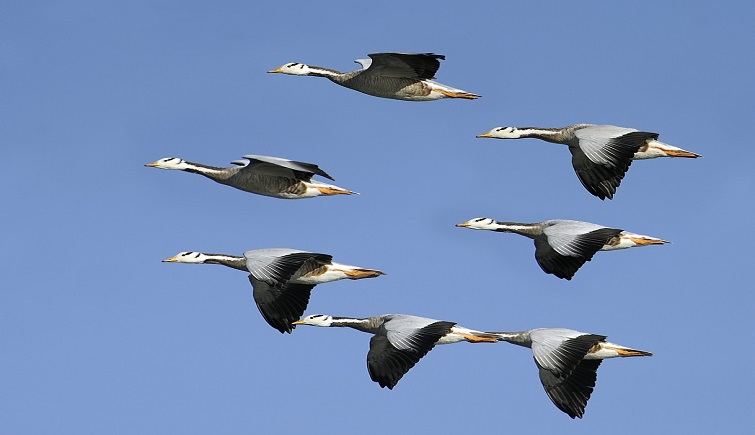
26 Dec, 2018
Shifting the Focus from Rhinos in Kaziranga National Park: Waterfowl Survey in Park Yields Good Result
For the first time in a while, the focus of attention has shifted from the “big fours”- rhinos, elephants, Bengal tigers and Asiatic water buffalos, in the 113-year-old Kaziranga National Park. In a recent baseline survey of waterfowls conducted by the forest officials in wetland dominated ecosystem of the park, it was concluded that 10,412 birds are present, including 80 species from 21 families.
In Case You Didn’t Know
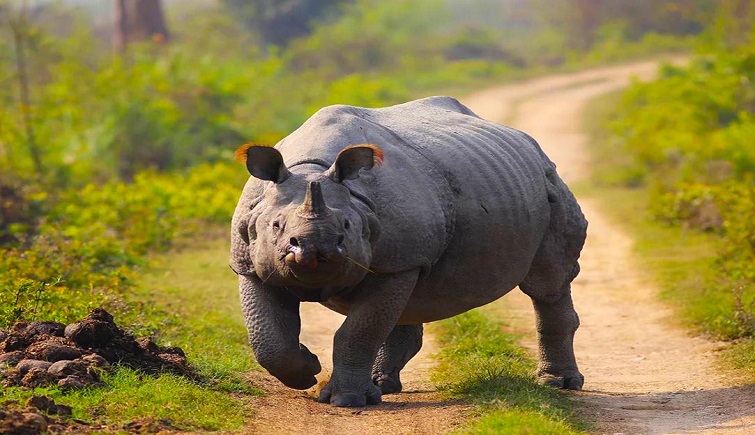
Kaziranga National Park, a UNESCO World Heritage Site and a tiger reserve, is famous for being a safe haven for big fours. Rhinos are considered as the pride of Kaziranga National Park, however, Kaziranga is also home to many exotic avian species. But due to lack of data, Kazriange could never estimate the total population of waterfowl in the sanctuary.
The Heart of the Matter

Image Credit: https://bit.ly/2QNncEZ
On December 19-20, a baseline survey of the waterfowl was conducted in the wetlands of Kaziranga National Park. Kaziranga’s Divisional Forest Officer, Rohini Ballave Saikia said that a total of 8 teams, comprising of 19 bird watchers were deployed to carry out the surveys. The teams covered eastern, central and western ranges of Kaziranga National Park.
Spread over 430 sq km, Kaziranga National Park has 5 ranges - one on the northern bank of the Brahmaputra river and 4 on the southern banks of the river. In the survey, it was concluded that a total of 10,412 birds were counted in the sanctuary, covering a total of 80 species, belonging to 21 families. The survey was conducted around 19 places nourished by 8 major water bodies of Kaziranga National Park. Out of the total of 10,412 counted birds, 8,074 were ducks and geese belonging to the Anatidae family. Out of these, Bar-headed Geese accounted for more than 3,000 of the total count, followed by Gadwalls, lesser whistling ducks, common teals, northern pintails, Indian spot-billed ducks, greylag geese, Eurasian wigeons, mallards, ruddy shelducks, common pochards, northern shovelers, ferruginous ducks, and Chinese Spot-billed ducks.
The populations of garganeys, the critically endangered Baer’s pochards, tufted ducks, common pygmy geese, and falcated ducks were the lowest in geese and ducks category.
A Rare Sight for Naturalists
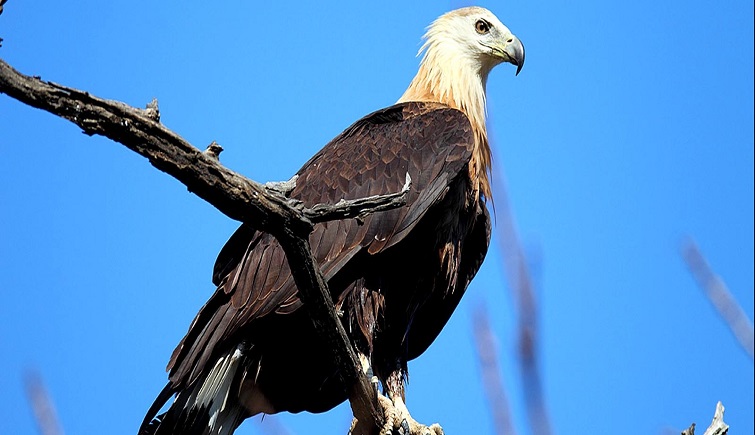
Image Credit: Pallas’s Fish Eagle
Mr Saikia also said that many other species of rare birds were sighted during the survey. The rare species which were sighted are the endangered Pallas’s fish eagle, critically endangered red-headed vulture, the greater adjutant stork, great hornbill, lesser adjutant stork, the vulnerable greater spotted eagle, woolly-necked stork, and swamp francolin.
Research Officer Rabindra Sharma said that the bird survey could have been possible earlier also but there were no maintained records. He said that this was the first time that a scientific survey was conducted by dividing the roosting areas into blocks and ensuring that the over-counting and under-counting were kept to a minimum.
He also said that the bulk of the waterfowl population was found in the eastern range mainly because of the expansive Sohola beel that is formed by six shallow bodies.
What’s Next?
The officials at Kaziranga National Park are hopeful that the survey would help them broaden the scope of future surveys and policies. This survey is also believed to help the authorities execute future exercise efficiently.
Writer- Ashwini Kumar Singh


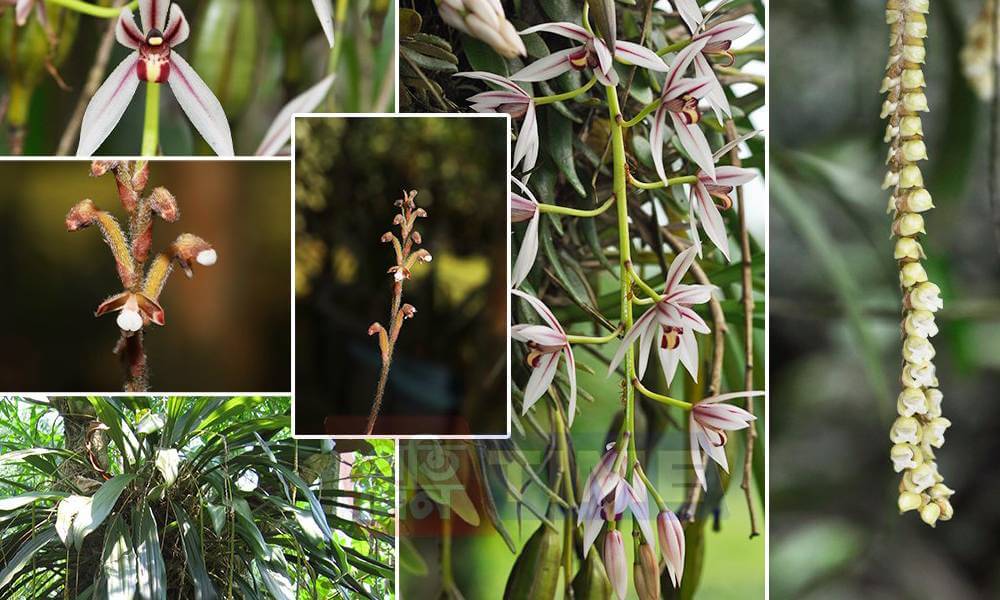
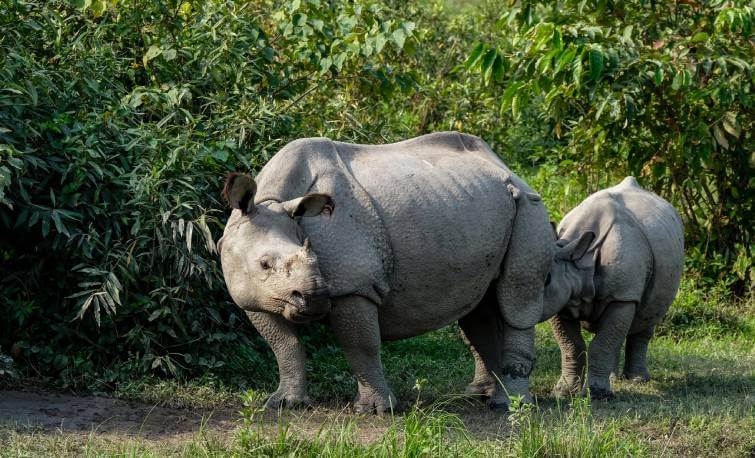
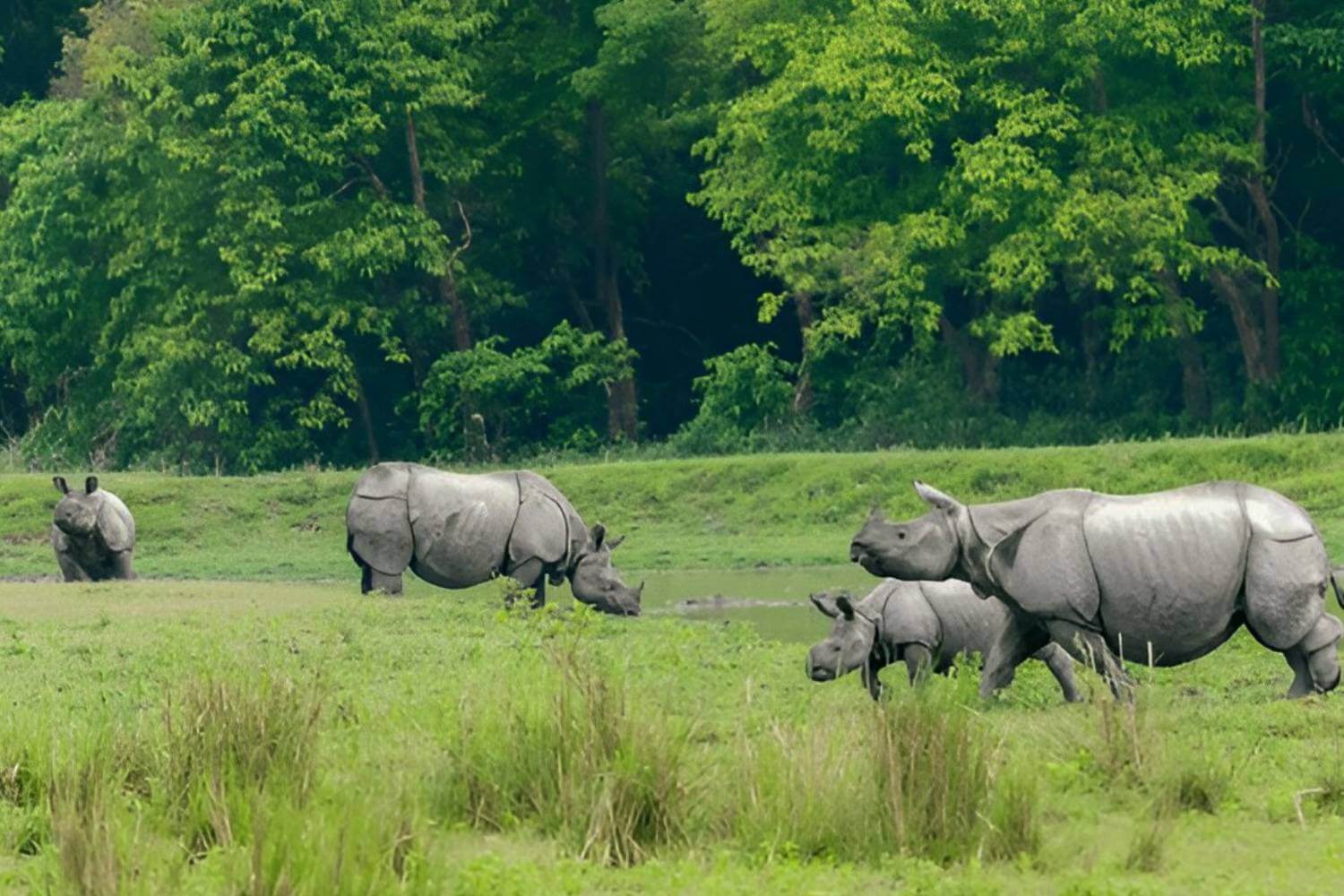
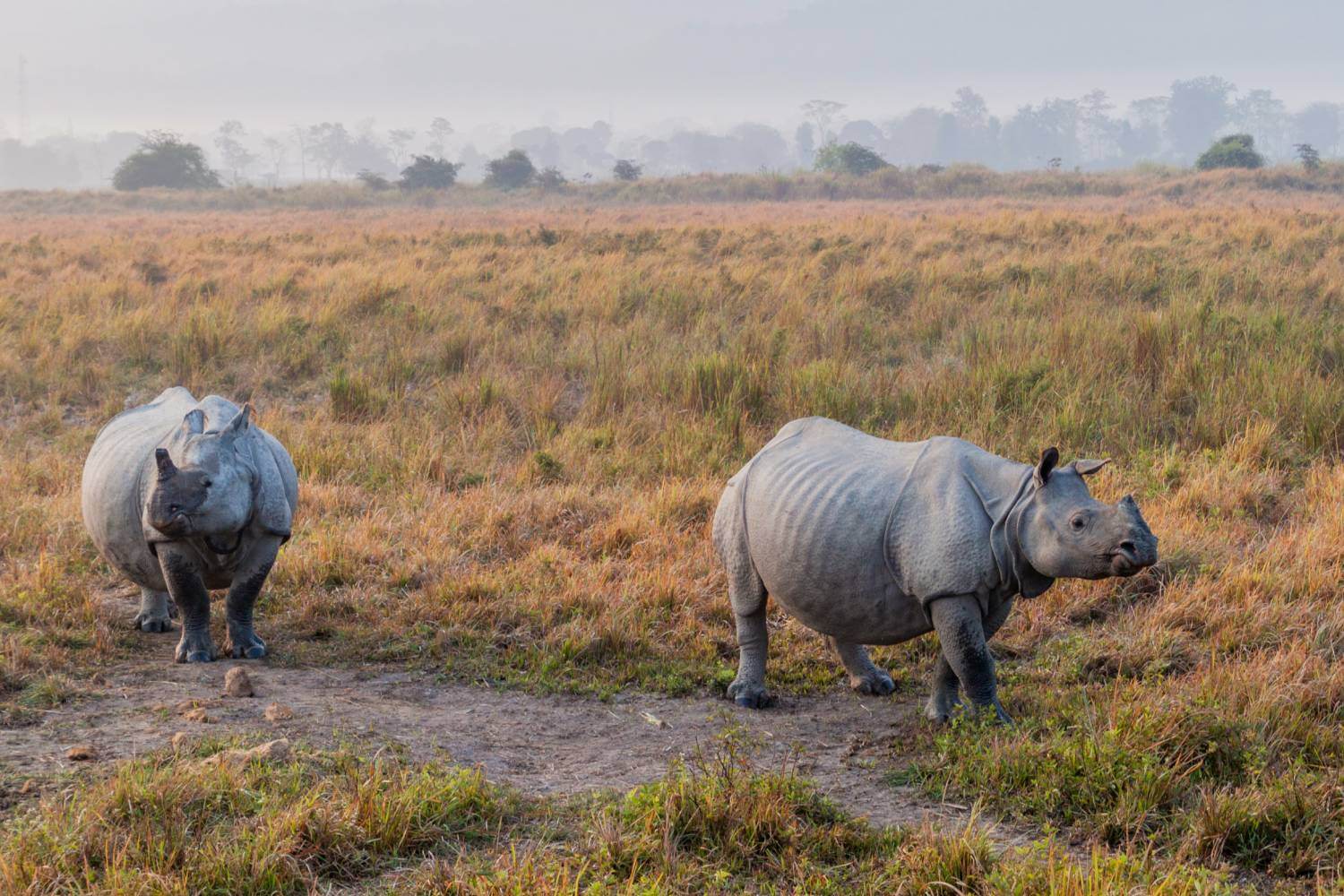




 Share
Share Home
Home Packages
Packages Book Now
Book Now